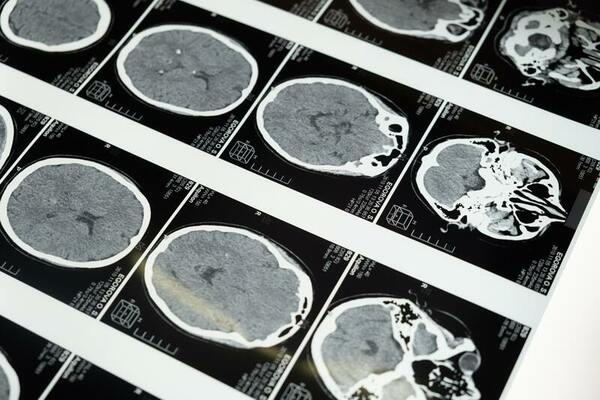Contrasting role of ASCC3 and ALKBH3 in determining genomic alterations in Glioblastoma Multiforme
(1) The Harker School, San Jose, California, (2) MENTORCONNECT(Skoolmentor.com)
https://doi.org/10.59720/21-247
Glioblastoma Multiforme (GBM) is the most malignant brain tumor with the highest fraction of genome alterations (FGA), manifesting poor disease-free status (DFS) and overall survival (OS). Methylation status of O-6-methylguanine-DNA methyltransferase (MGMT) is the most promising biomarker known to have better therapy prediction and prognosis. However, MGMT’s predictive abilities are effective in only 50-60% GBM patients, suggesting a need to identify new biomarkers. We explored The Cancer Genome Atlas (TCGA) and cBioportal public dataset- Firehose legacy GBM to study DNA repair genes Activating Signal Cointegrator 1 Complex Subunit 3 (ASCC3) and Alpha-Ketoglutarate-Dependent Dioxygenase AlkB Homolog 3 (ALKBH3). To test our hypothesis that these genes have correlations with FGA and can better determine prognosis and survival, we sorted the dataset to arrive at 254 patients. Analyzing using RStudio, both ASCC3 and ALKBH3 demonstrated hypomethylation in 82.3% and 61.8% of patients, respectively. Interestingly, low mRNA expression was observed in both these genes. We further conducted correlation tests between both methylation and mRNA expression of these genes with FGA. ASCC3 was found to be negatively correlated, while ALKBH3 was found to be positively correlated, potentially indicating contrasting dysregulation of these two genes. Prognostic analysis showed the following: ASCC3 hypomethylation is significant with DFS and high ASCC3 mRNA expression to be significant with OS, demonstrating ASCC3’s potential as disease prediction marker. Further research using in vitro studies and mechanistic analysis of ASCC3 and ALKBH3 is needed to better understand their roles in causing genetic alterations in GBM.
This article has been tagged with: